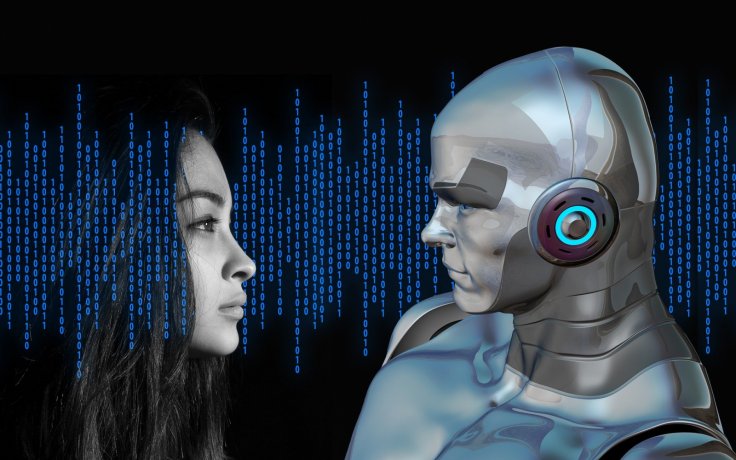You might have also seen 3D holograms of famous celebrities and politicians at a concert or a rally, but they have this weird translucent quality to them which makes them not just look hollow but feel hollow. While you can see them, you simply cannot touch them. But a new innovation in holographic technology might solve that problem and allow you to interact with a virtual holographic character at a tactile level, meaning you can touch and feel the character just like you would any physical object.
Soon you will be able to touch a virtual character

Now, you might wonder how that's possible. Well, if various reports talking about the tech are to be believed, the new innovation uses a creative implementation of ultrasound waves which gives you the sense of touch when you're basically touching a digital projection.
According to a report in the Daily Star newspaper, a team of scientists from the University of Sussex led by Dr Ryuji Hirayama have successfully created holograms that can be touched, essentially producing "a true virtual reality.
The best part about this is that it does not require the user to wear any special gloves or goggles. "Our new technology takes inspiration from old TVs which use a single colour beam scanning along the screen so quickly that your brain registers it as a single image," says Dr Hirayama. "Our prototype does the same using a coloured particle that can move so quickly anywhere in 3D space that the naked eye sees a volumetric image in mid-air".
Ultrasound waves make it possible
What the scientist suggests is the same effect that you see when you a 3D virtual character in a movie, but what's interesting about this one is that ultra-sound implementation, which makes the hologram emitter produce a "sensation on the skin that feels exactly like touch."
Ultrasound waves, although not audible to humans, are still mechanical waves which carry energy through the air. "Our prototype directs and focuses this energy, which can then stimulate your ears for audio, or stimulate your skin to feel content," " said Dr Diego Martinez Placencia, a member of the research team.
Adult entertainment industry is in for a significant change
And while the technology can be applied literally anywhere, it could change the way we look at things especially in the realm of entertainment and adult entertainment in particular. As the newspaper suggests, the first field it will likely be applied is going to be "sex tech." The newspaper also argues that the invention allows one to not only create any person we so may desire, but it should allow one to create any sex toy as well.
Sex dolls and robots will be passé
Sure there are "physical" touchable sex dolls sex robots and all that, but there's reportedly an acute shortage of them currently, thanks to the ongoing coronavirus pandemic, and they're just as lifeless as they look.
Also, 3D holograms may not be the best visually, at least as things stand right now. They still look virtual and hollow. But technology around us is evolving at such a rapid pace, that it is becoming increasingly difficult to distinguish the real from the virtual. Take for example Samsung's NEON artificial humans that were demoed at CES, or Vladimir Putin's deepfake clone from earlier this year, which look just as life-like as any human could get – complete with wrinkles, facial hair, freckles, frown lines and all that - and you'll be compelled to believe that nothing is impossible. It won't be long until holograms too have that "substance" and realism to them.
Now, imagine a future where you can get all touchy-feely with your desired human, except it's not. As eerie as it may seem, it does raise a lot of questions in mind, but let's just leave it at that.









